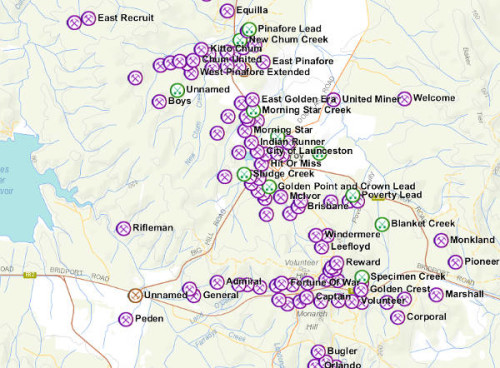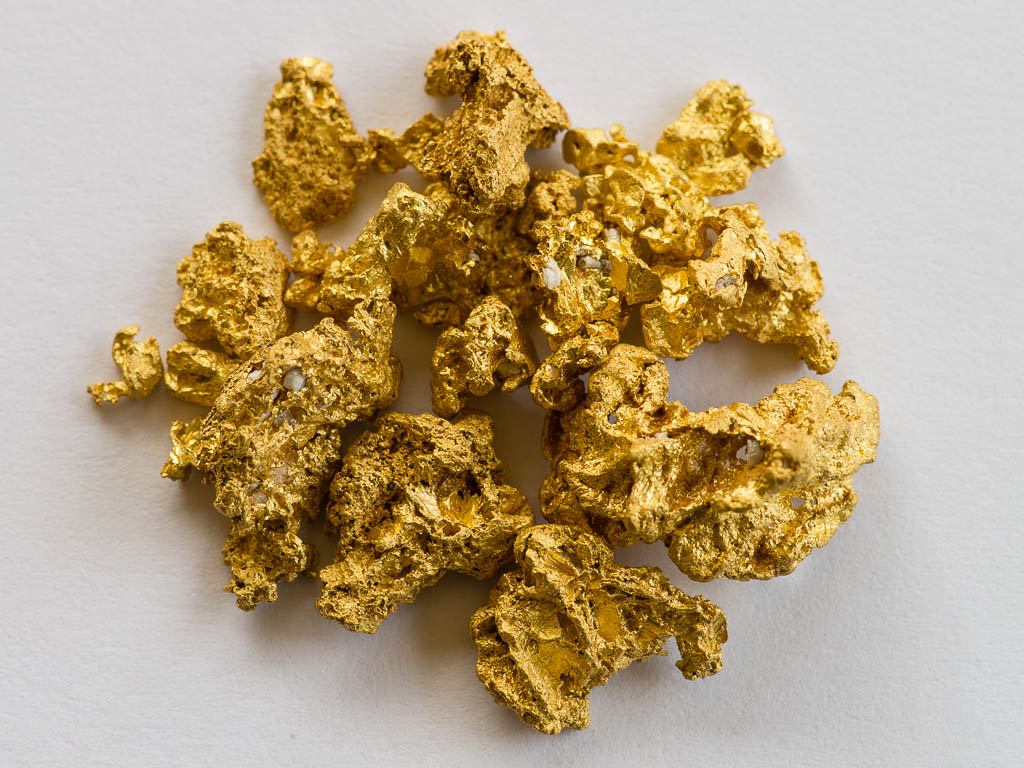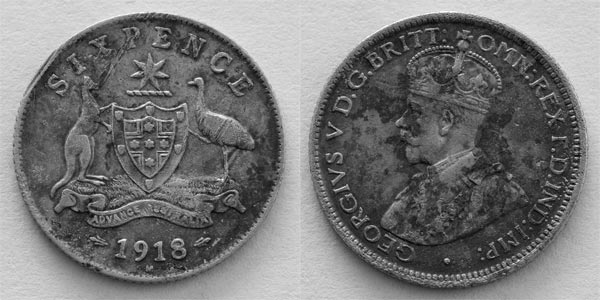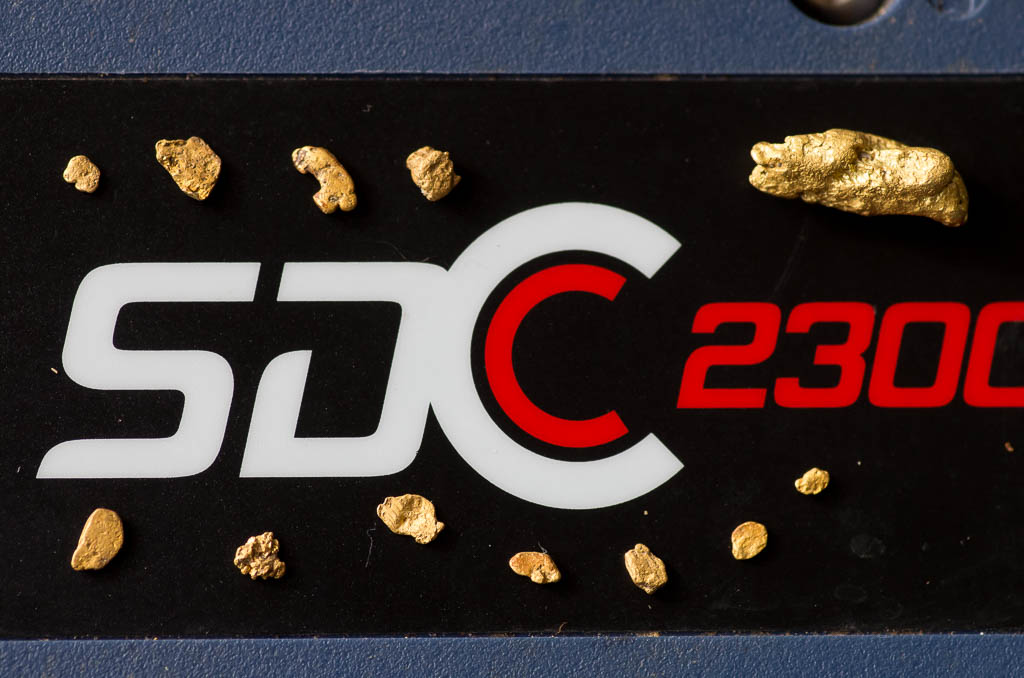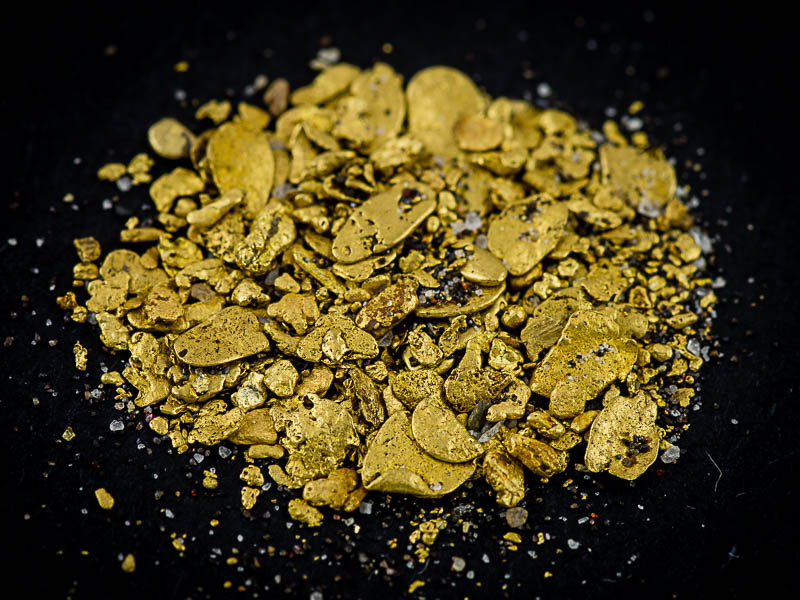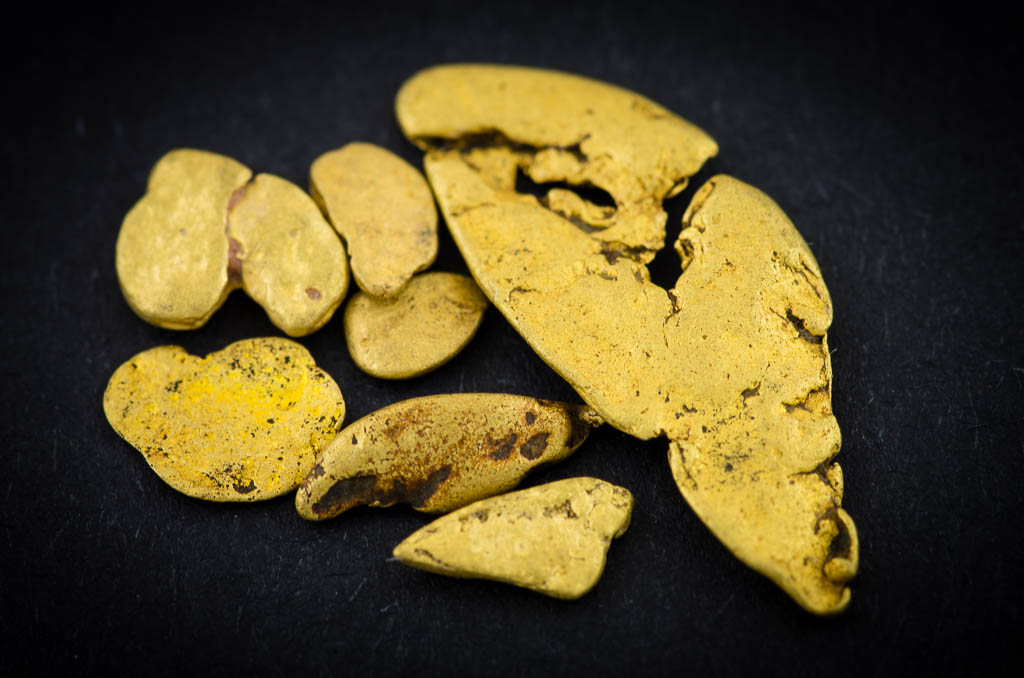A video on how to use two free, Tasmanian online mapping engines to research places to go prospecting. MRTmap and LISTmap can be used to prepare very useful prospecting maps with information on tenements, land tenure, reservation status, etc.
Continue readingPost Category → Tools
Cleaning gold nuggets
You’ve found some nuggets with your metal detector. You finally retrieve them from the ground. You can see they’re gold, but they don’t look very shiny! They’re covered in clay, mud, soil, perhaps with bits of quartz still sticking to them. Maybe it’s even covered in ironstone, the famed ‘black gold’! How do you go about cleaning gold nuggets to make them look as good and shiny as they can?
Continue readingMetal detecting coins
If you enjoy detecting for gold, chances are you’d also enjoy detecting for coins and relics. The rules about what land you can access are different, and you’d probably use a different detector than you use for gold.
Continue readingGold detecting in Tasmania
Tasmania has an undeserved reputation as a nugget-poor location. In fact many nuggets over one ounce in size have been found historically in our goldfields.
Continue readingAlluvial gold part 2
In this second post on alluvial gold, I’ll go into other methods used traditionally (and nowadays) by prospectors: the cradle (or rocker box) and the sluice, as well as a modern invention, the highbanker.
Continue readingAlluvial gold part 1: gold panning
Are you interested in looking for alluvial gold? Did you know that most Tasmanian gold rushes and all but one of Tasmania’s great gold mines were found by prospectors originally following leads of alluvial gold? In this post I will briefly describe alluvial gold, and go into places you might go, where to do research, and link to some good videos on how to pan, if you’re just starting out.
Continue reading
